Terrestrial Scanning
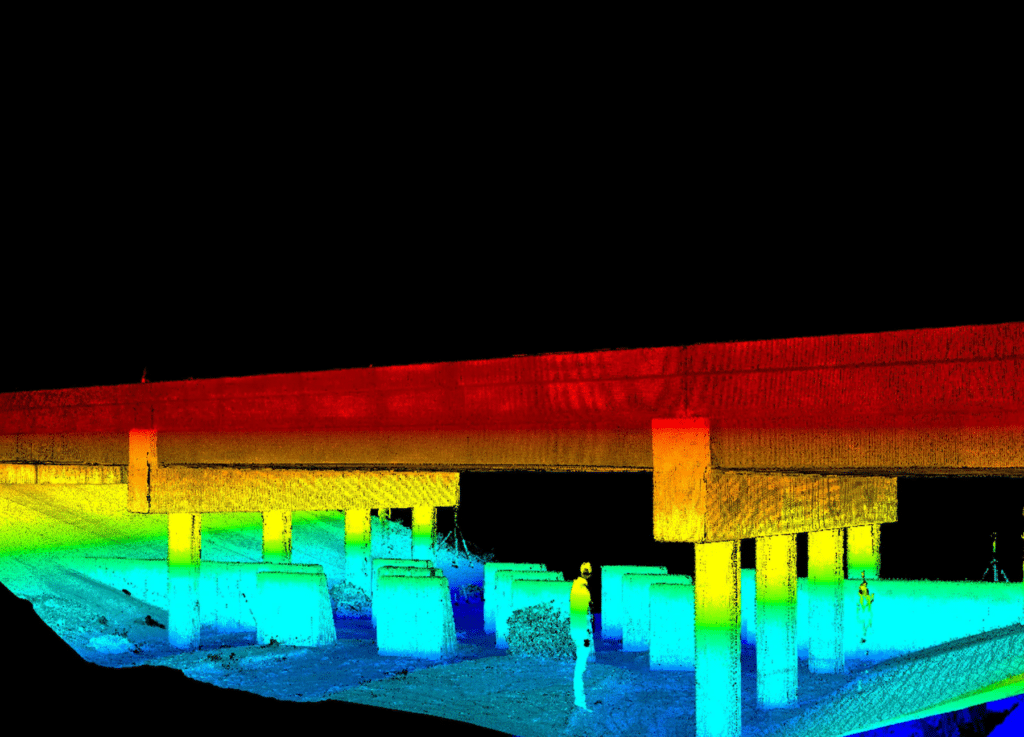
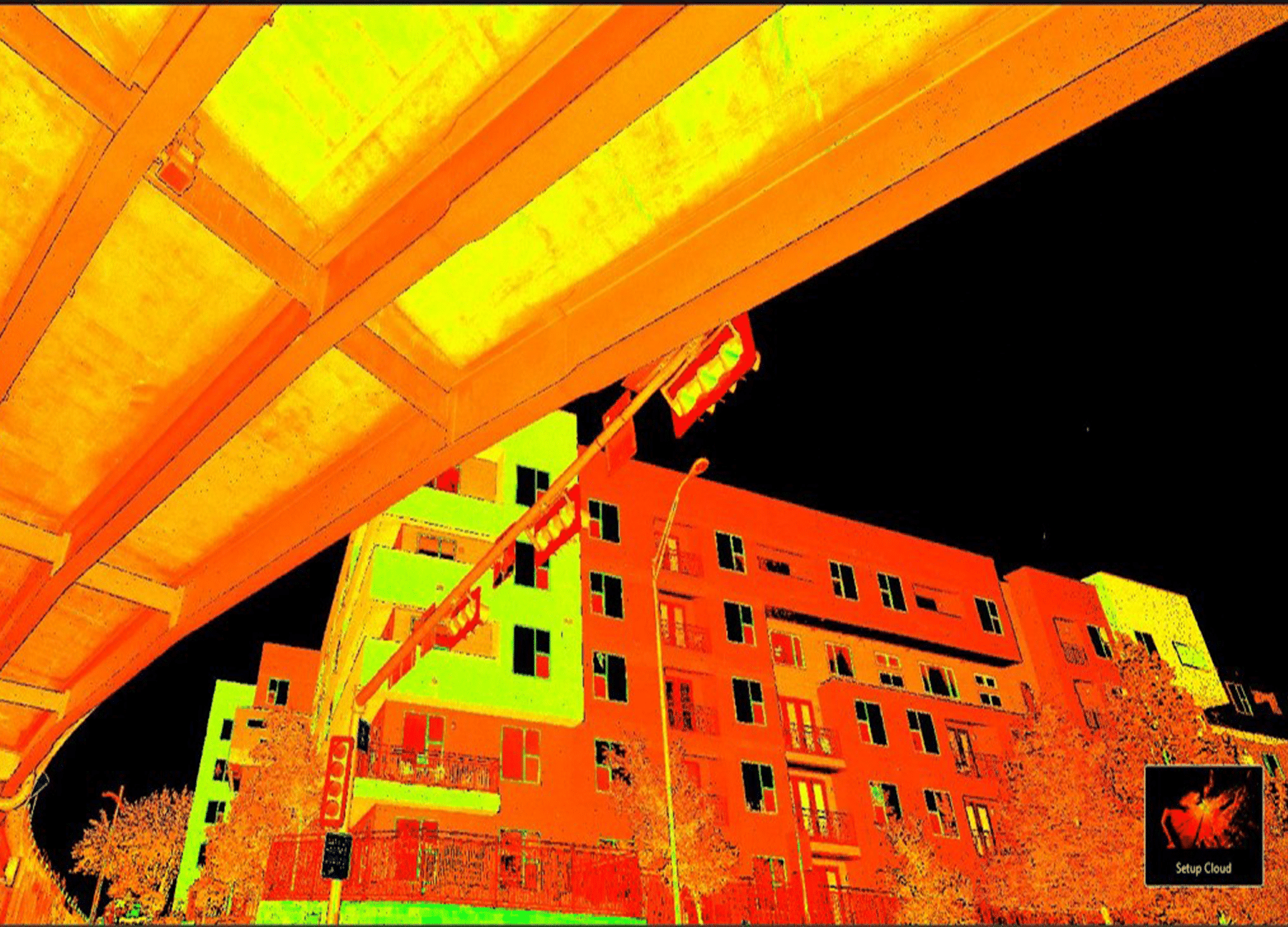





G&AI implements leading edge technology by utilizing the Leica RTC 360 terrestrial laser scanner for on-site data collection in hard-to-reach areas, such as, beneath bridges to capture substructure detail. This system is capable of 2,000,000 points per second with a 425-ft range. The absolute accuracy of this system is +/- 0.04-ft. vertical RMSE on hard surfaces. The RTC 360 can complete a single scan in under two minutes which makes for an efficient solution in capturing large quantities of as-built information. The system promotes safety for field crews due to the ability for the unit to be utilized out of the roadway. It is also a time-saver due to the ability to obtain faster, more accurate scans.
Static Terrestrial Scanning


Static Terrestrial Scanning
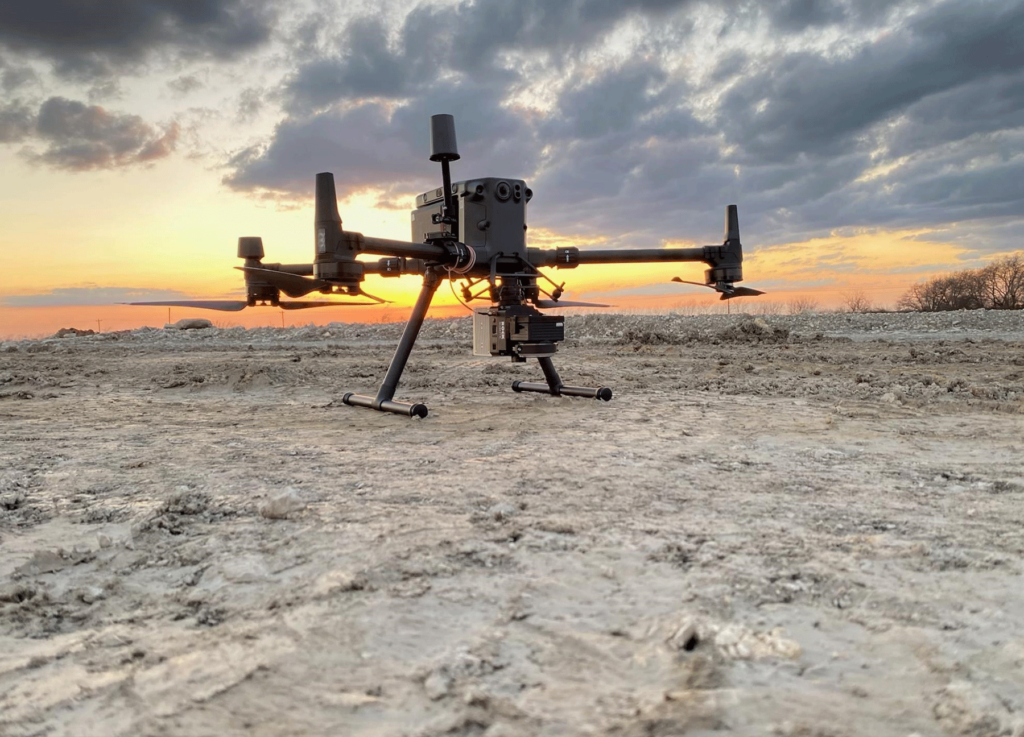
Terrestrial Photogrammetry
Mobile Terrestrial Scanning
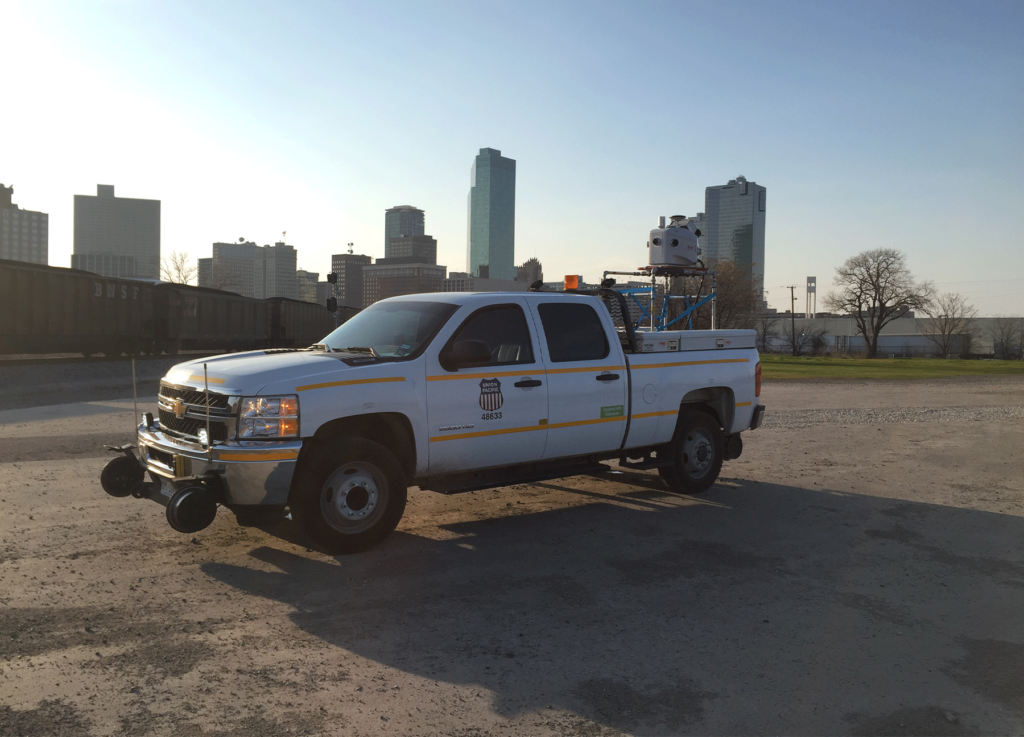
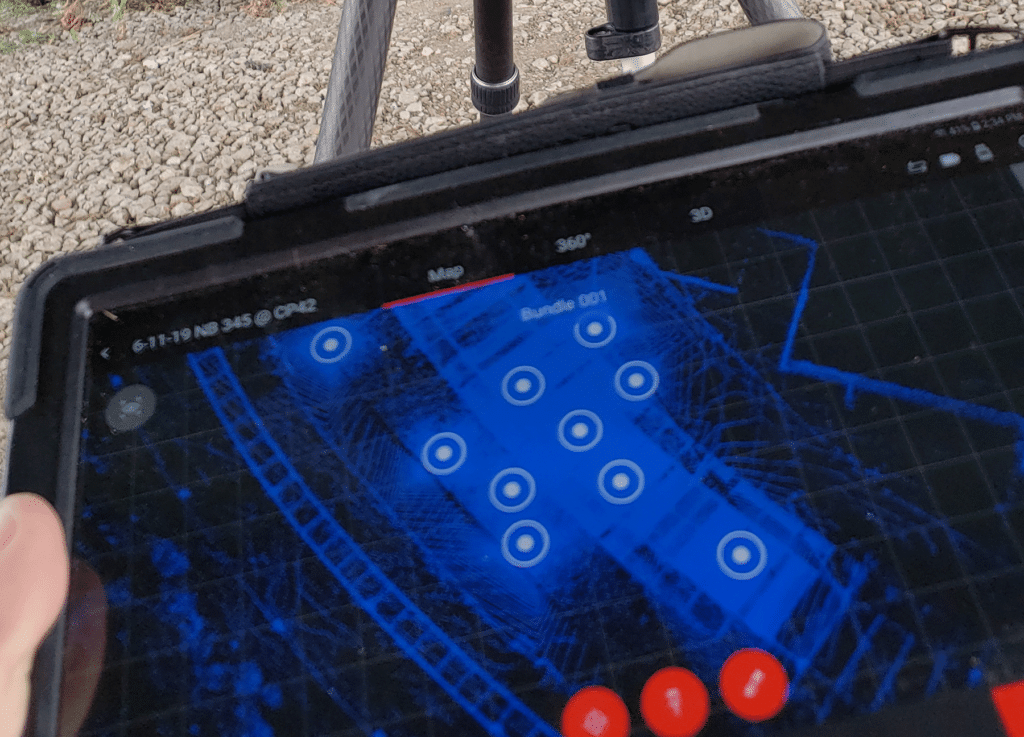
Handheld Terrestrial Scanning
Kinematic Terrestrial Scanning
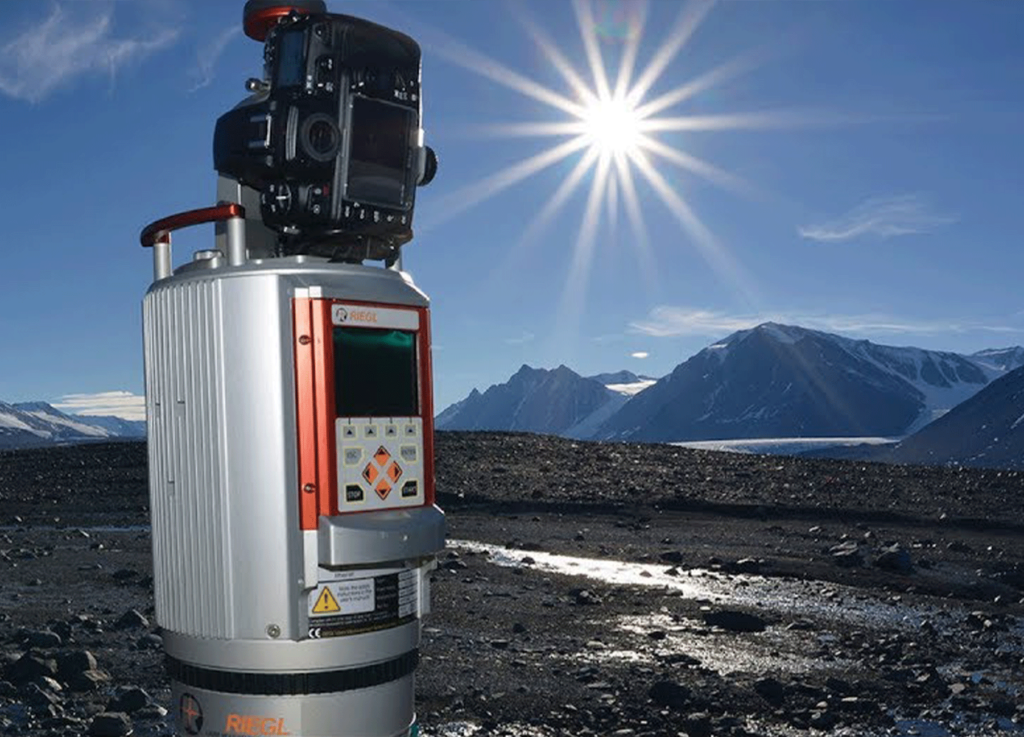
get in touch
We're Here to Help!
Our team is happy to answer your questions. Contact us and we’ll be in touch as soon as possible.

